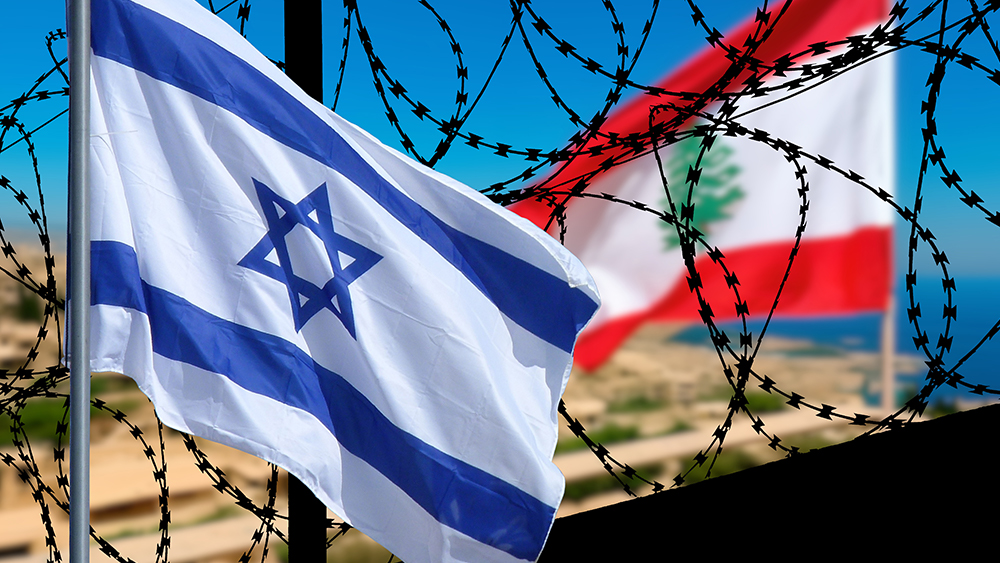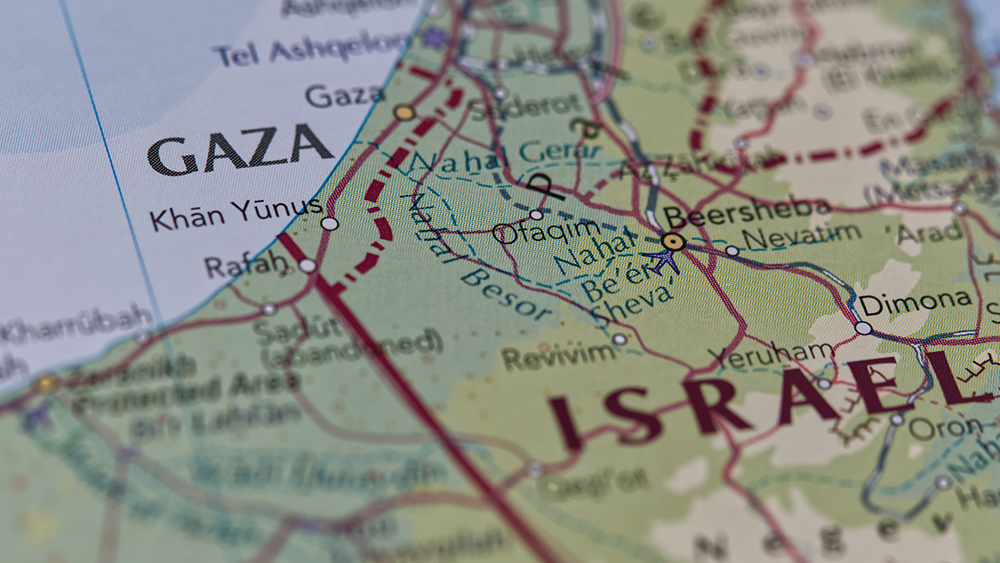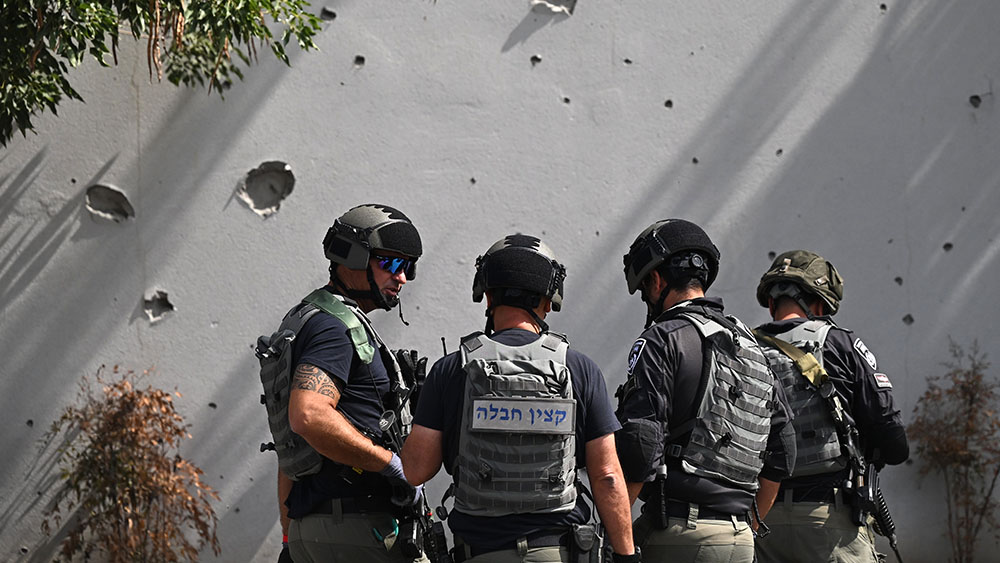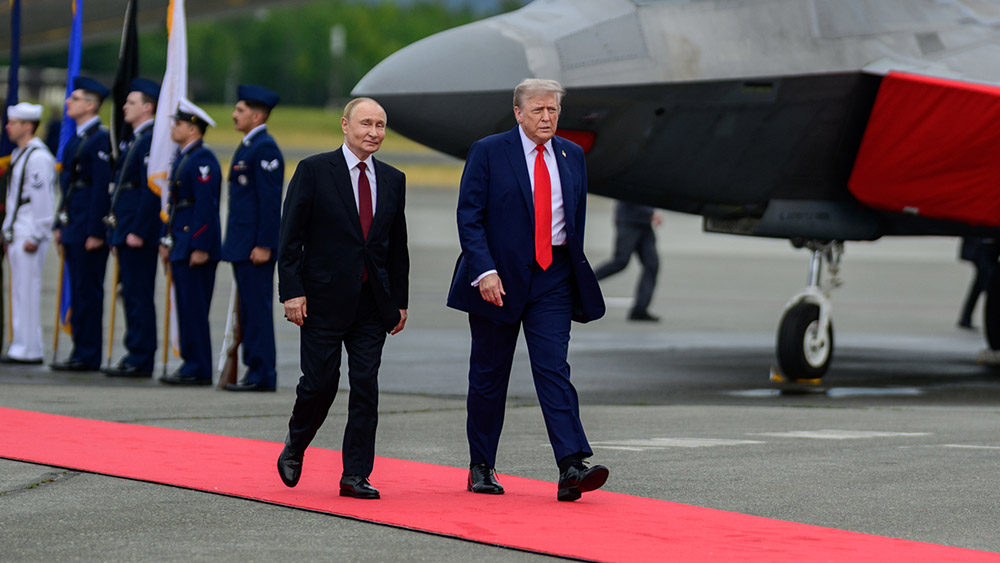 Parler
Parler Gab
Gab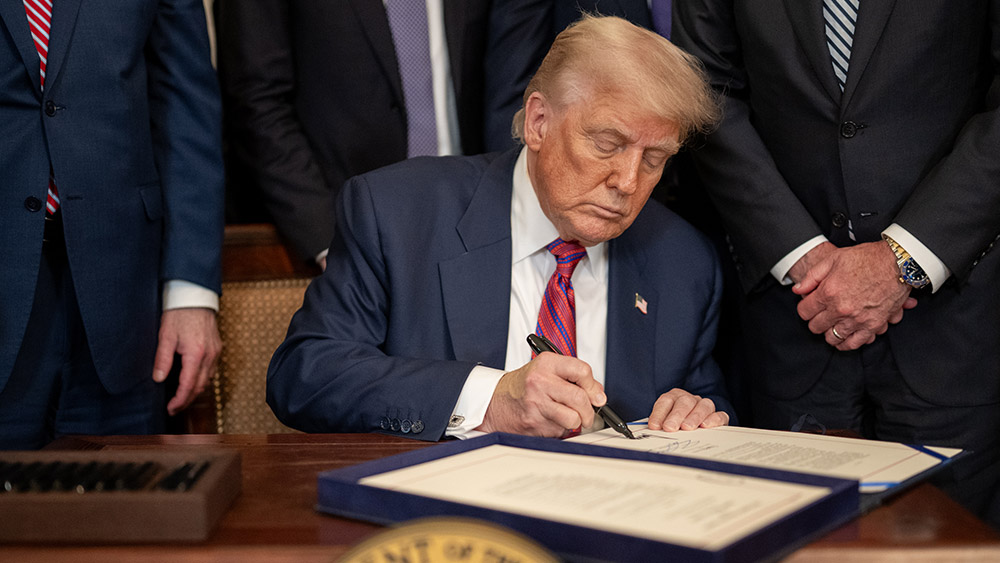
- Trump announced a ceasefire signed with Egypt, Qatar, and Turkey.
- A prisoner exchange saw Hamas release captives for Palestinian prisoners.
- The deal includes a plan for Gaza's reconstruction and demilitarization.
- The agreement faces challenges, with Israel and Hamas absent from the ceremony.
- Skepticism remains over long-term peace and Palestinian statehood.
A new political reality
The signing ceremony itself was a powerful visual of a shifting geopolitical landscape. Trump signed the document alongside Egyptian President el-Sisi, Qatar's Emir Tamim bin Hamad Al Thani, and Turkish President Recep Tayyip Erdogan. A who's who of Western leaders, including Italian Prime Minister Giorgia Meloni, French President Emmanuel Macron, and Canadian Prime Minister Mark Carney, looked on. Notably absent, however, were representatives from both Israel and Hamas, highlighting the complex and indirect nature of the negotiations. Trump emphasized the monumental nature of the deal, which had long been considered a diplomatic pipe dream. "It’s the biggest, most complicated deal," he told reporters. He expressed his surprise at the overwhelming support, noting, "Everybody’s happy about it like I’ve never seen before, actually. I’ve done other deals, and people don’t care as much. Big deals, I think they’re big deals. But this is something that’s taken off like a rocket ship." The signed declaration, while light on specific long-term enforcement mechanisms, commits the signatories to supporting the implementation of the "Trump Peace Agreement." It reads, "We support and stand behind President Trump’s sincere efforts to end the war in Gaza and bring lasting peace to the Middle East. Together, we will implement this agreement in a manner that ensures peace, security, stability, and opportunity for all peoples of the region, including both Palestinians and Israelis."The road to reconstruction
The immediate focus now shifts to the monumental task of rebuilding Gaza and ensuring the ceasefire holds. Trump announced the formation of a "Board of Peace," which he will chair to oversee reconstruction. He directly linked international aid to the territory's demilitarization, a key point of contention. "We’ve all agreed that supporting Gaza must be done to lift up the people themselves, but we don’t want to fund anything having to do with the bloodshed, hatred, or terror, as has happened in the past," Trump said. He further elaborated, "We’ve also agreed that Gaza’s reconstruction requires that it be demilitarized and that a new, honest civilian police force must be allowed to create safe conditions for the people in Gaza." This vision aligns with a broader plan, previously endorsed by the Arab League, that would see the Palestinian Authority assume governance of Gaza from Hamas. While Hamas has vowed to give up political control, it rejects disarmament until the formation of a Palestinian state, a major hurdle for future stability. For his part, Egyptian President el-Sisi, a crucial mediator throughout the conflict, framed the agreement as the "last chance" for peace in the region. His government has been pushing for a more robust international presence, with Egyptian Foreign Minister Badr Abdelatty stating a desire for "American engagement, even deployment on the ground," but U.S. officials have been cool to the idea of a large-scale peacekeeping force. While the images from Sharm el-Sheikh project a new era of peace, the reality on the ground is more complicated. Israel has already accused Hamas of not fully complying with the agreement regarding the return of the bodies of deceased captives. Furthermore, Israel categorically refuses the concept of Palestinian statehood, a central pillar of the long-term vision for many of the summit's participants. This fundamental disagreement casts a long shadow over the entire process. As this fragile peace takes its first steps, it is impossible to ignore the very big unknowns. The people of Gaza desperately need relief and a chance to rebuild their shattered lives, and this agreement offers a small bit of hope. Yet, given the deep-seated animosities and Israel’s track record, a healthy dose of skepticism is warranted. The signing ceremony was a monumental achievement, but the true test of this peace deal is only just beginning. Sources for this article include: Breitbart.com News.Antiwar.com TheCradle.coAs hostages are freed, a Florida teenager languishes in an ISRAELI MILITARY PRISON
By Lance D Johnson // Share
The hidden battle for Gaza: Natural gas deposits and a $6 billion canal route
By Cassie B. // Share
India and China locked in hydroelectric power struggle over Brahmaputra River
By Belle Carter // Share
Israel receives body of slain soldier as 15 deceased hostages still held in Gaza
By Cassie B. // Share
Bulgaria offers air corridor for Putin to meet Trump in Budapest peace summit
By Cassie B. // Share
China’s economic slowdown deepens amid renewed U.S. trade war threats
By Willow Tohi // Share
Governments continue to obscure COVID-19 vaccine data amid rising concerns over excess deaths
By patricklewis // Share
Tech giant Microsoft backs EXTINCTION with its support of carbon capture programs
By ramontomeydw // Share
Germany to resume arms exports to Israel despite repeated ceasefire violations
By isabelle // Share
